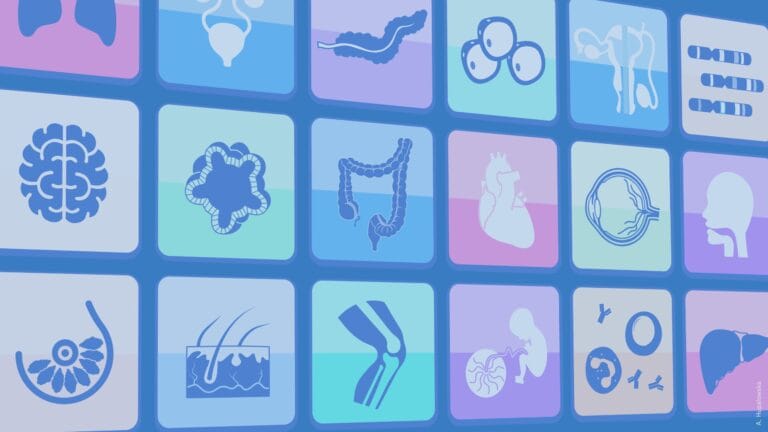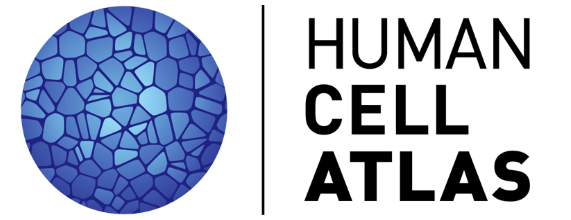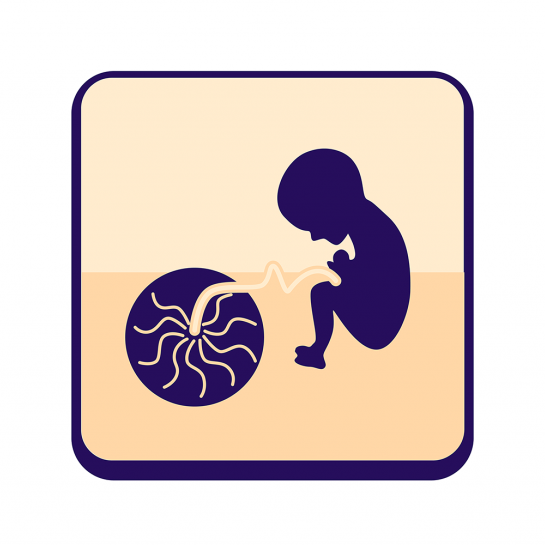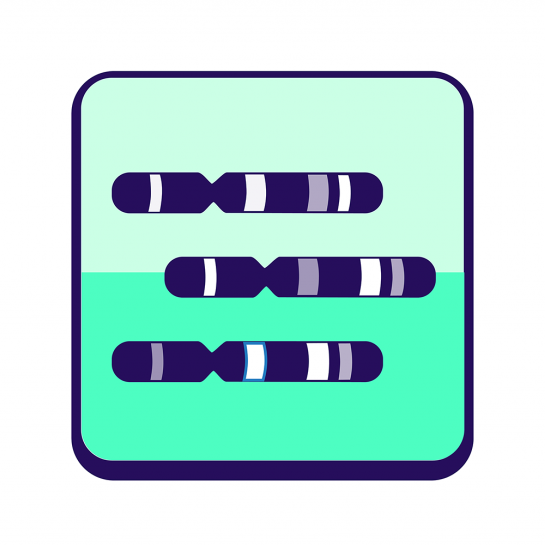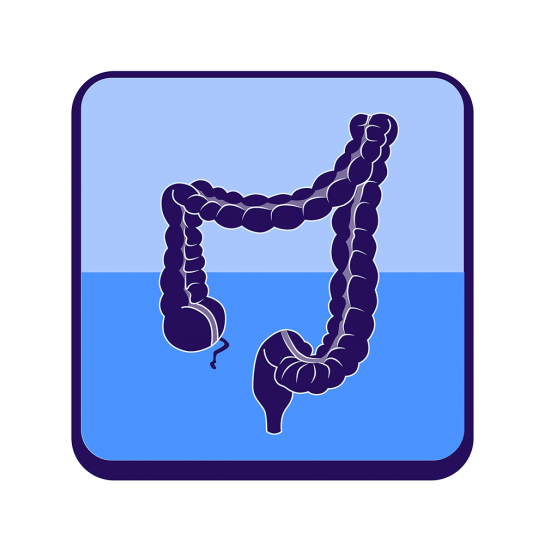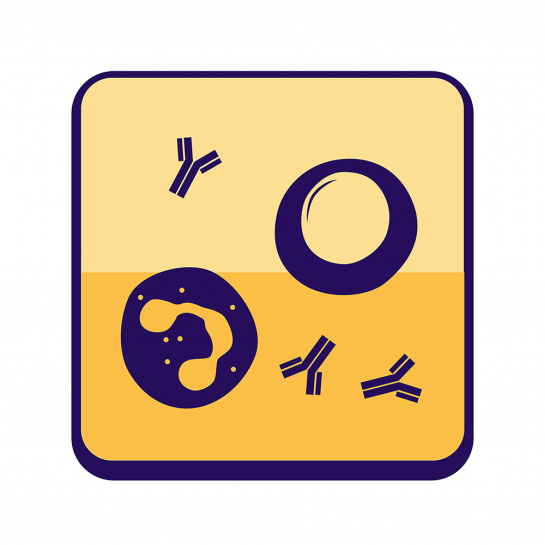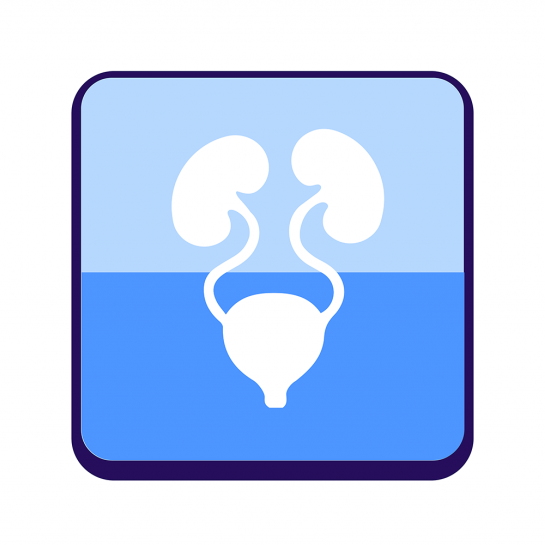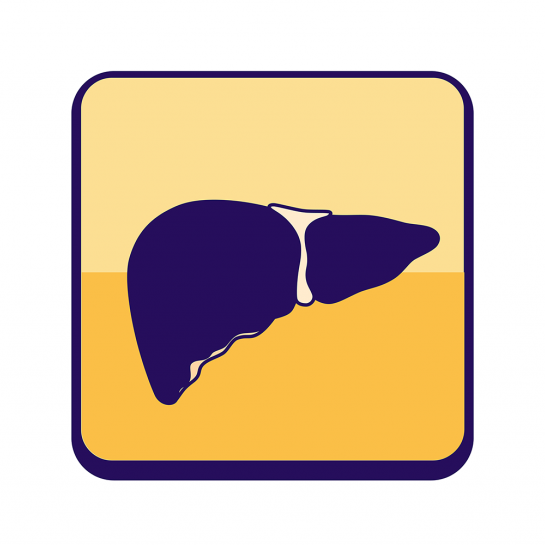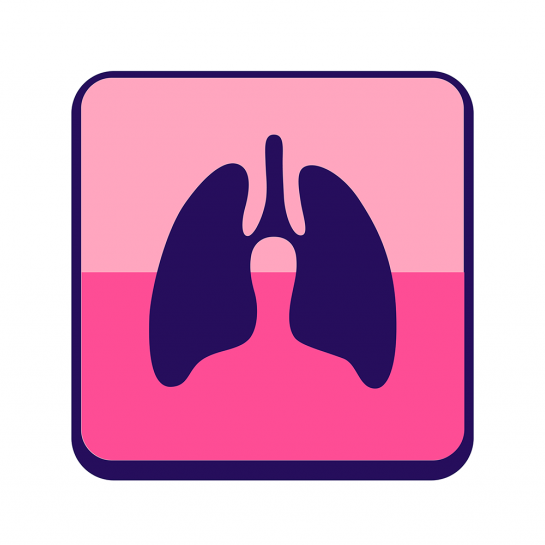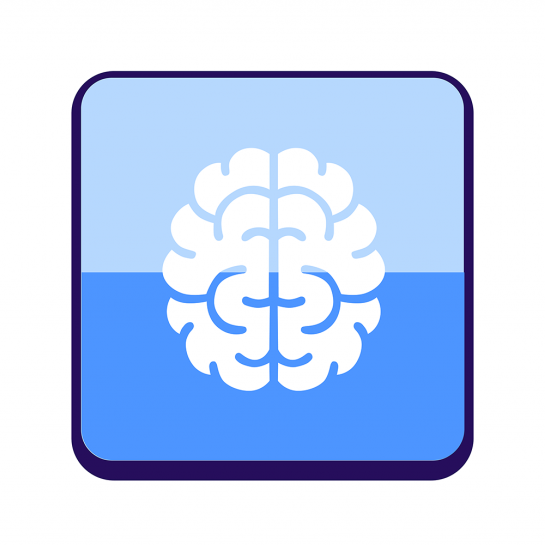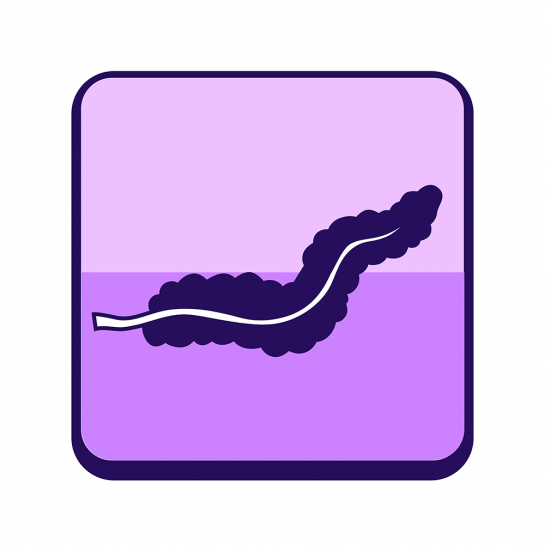Biological Networks
Studying all the cells in the human body is an enormous endeavor—current estimates suggest that an average human being is made of at least 37.2 trillion cells. To take on this bold task, in our first draft atlas we are focusing on tissues that will not only reveal interesting biology, but also inform us about efficient and effective sampling and analysis strategies for a full-scale cell atlas effort. Each of these tissues, organs, organ systems or focus areas is the subject of an HCA Biological Network. Contact information for the coordinators of each network is included in the network descriptions below.
Join a Biological Network
- Please join the HCA membership, indicating which Biological Network(s) you are interested in.
- If you are already an HCA member, please email member-help@humancellatlas.org indicating which Biological Network(s) you are interested in, or email the relevant Biological Network Coordinator.
